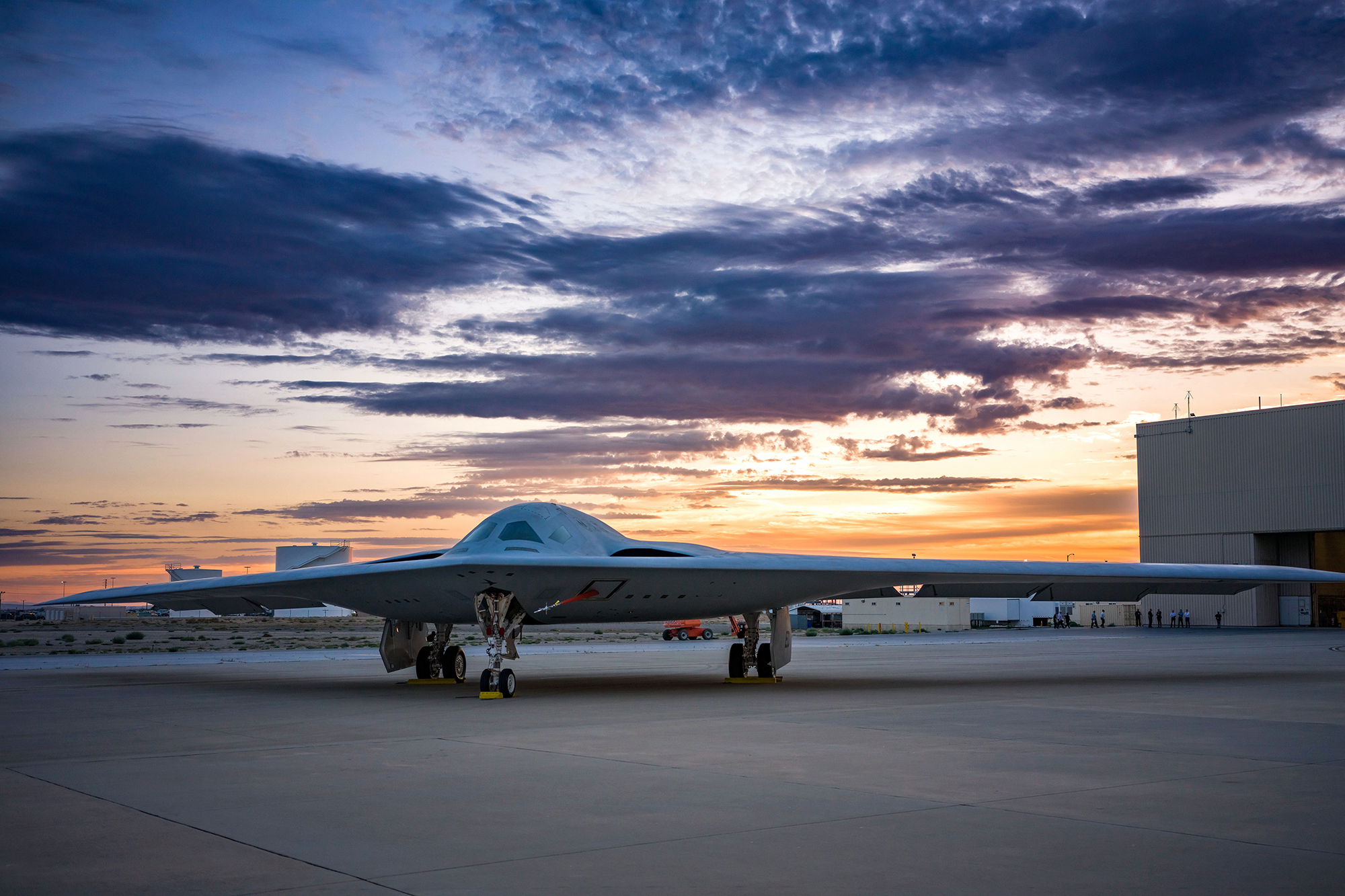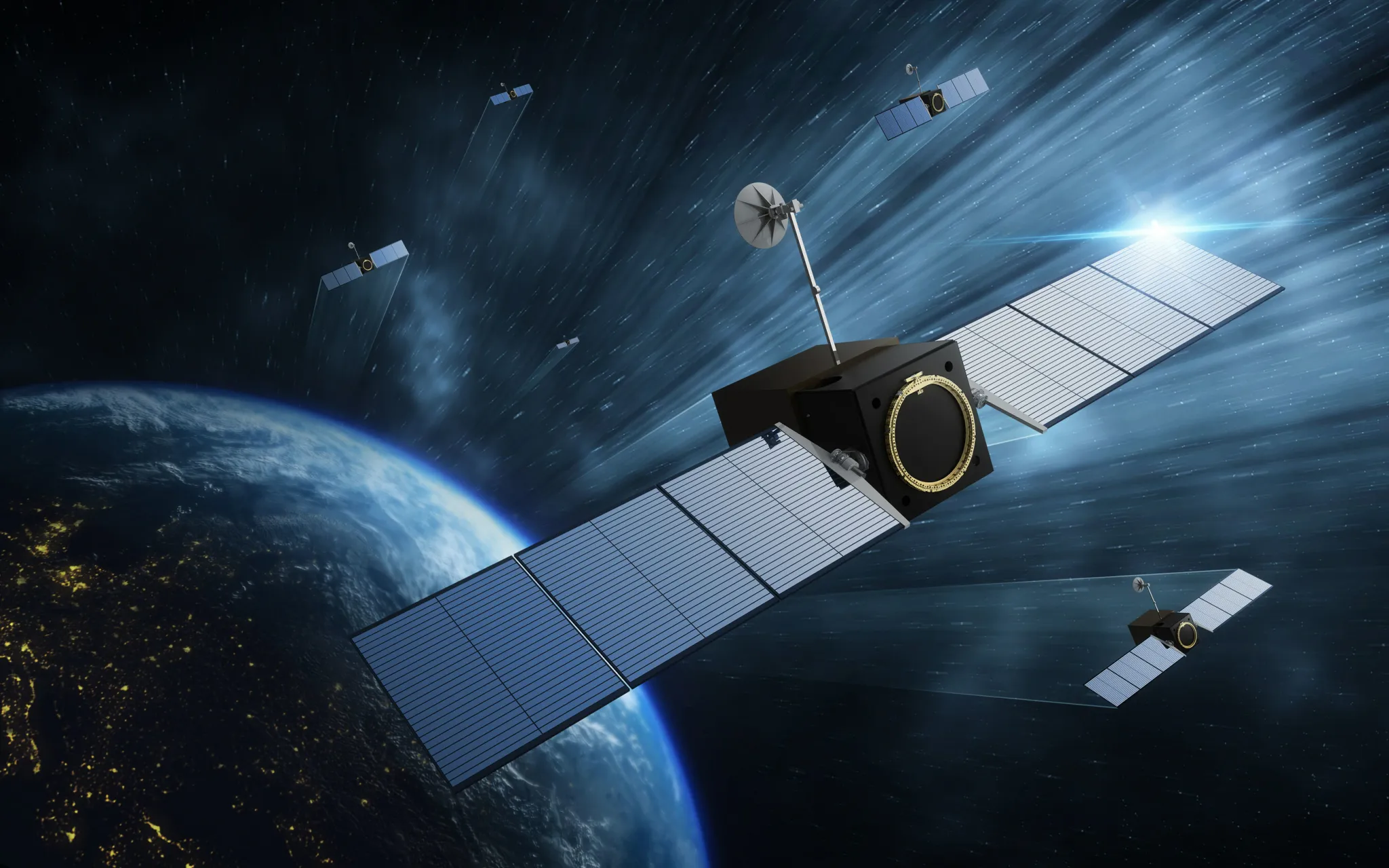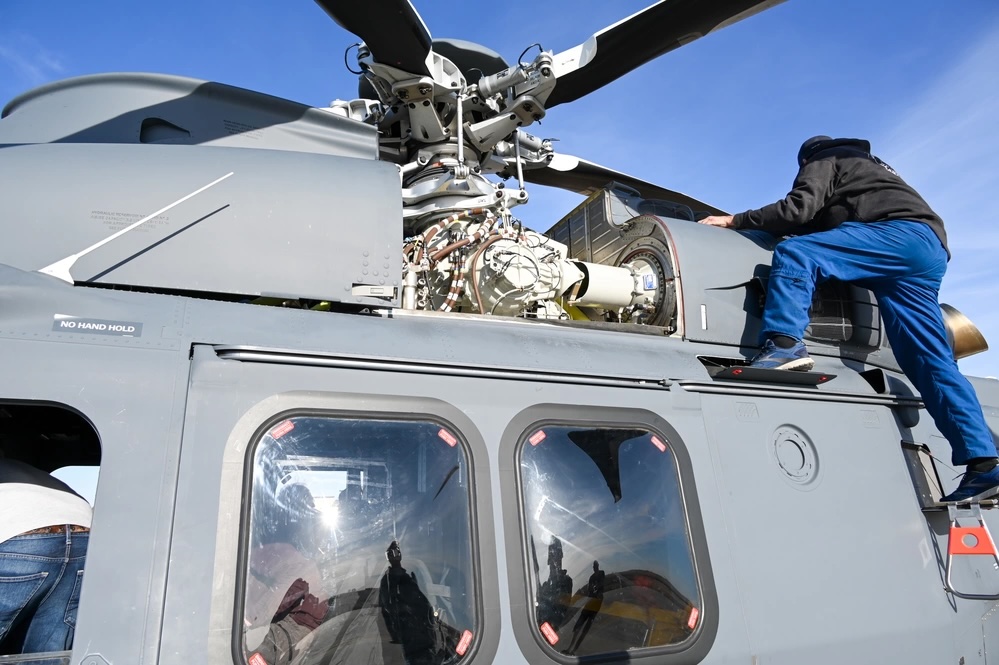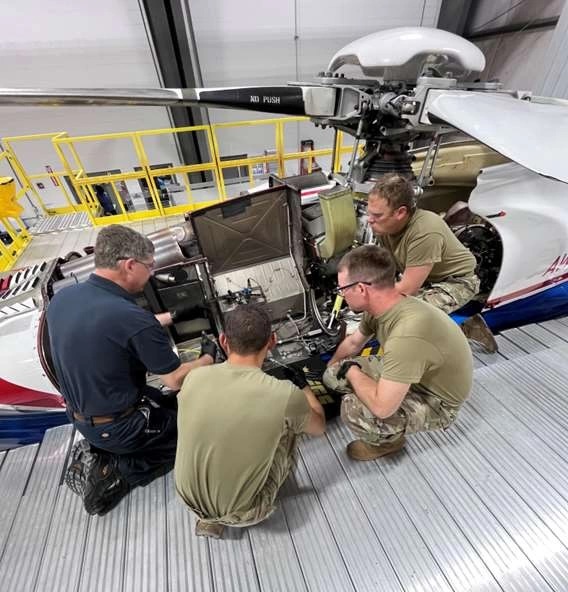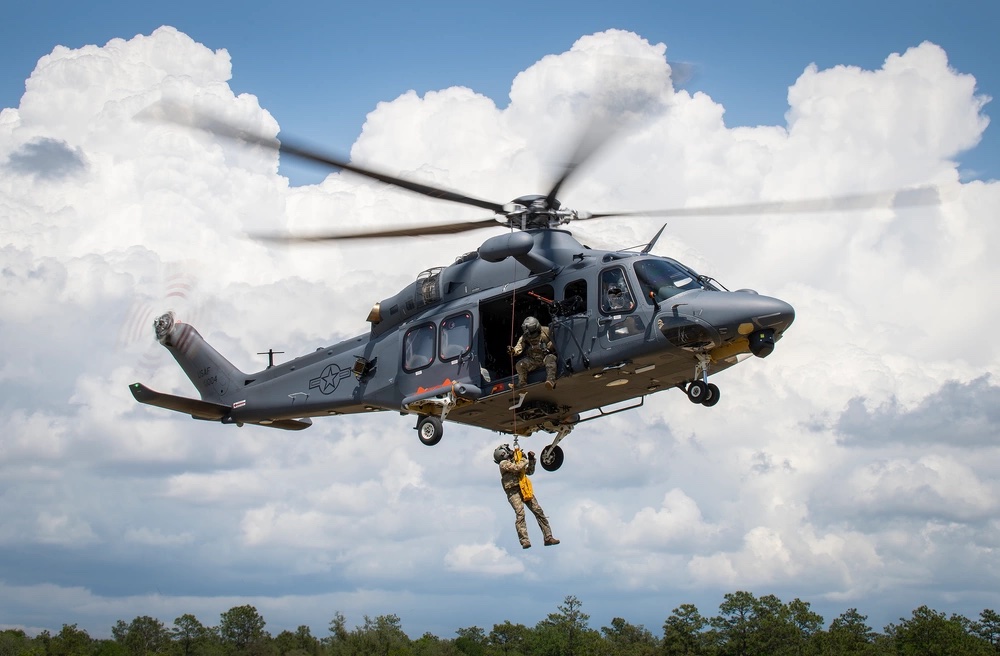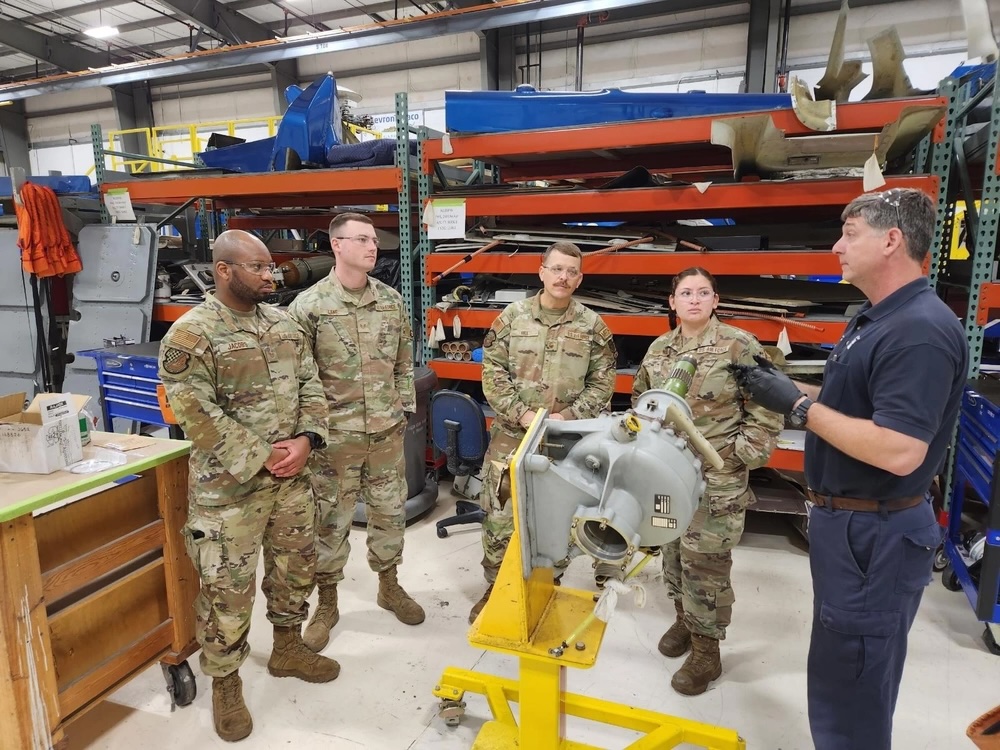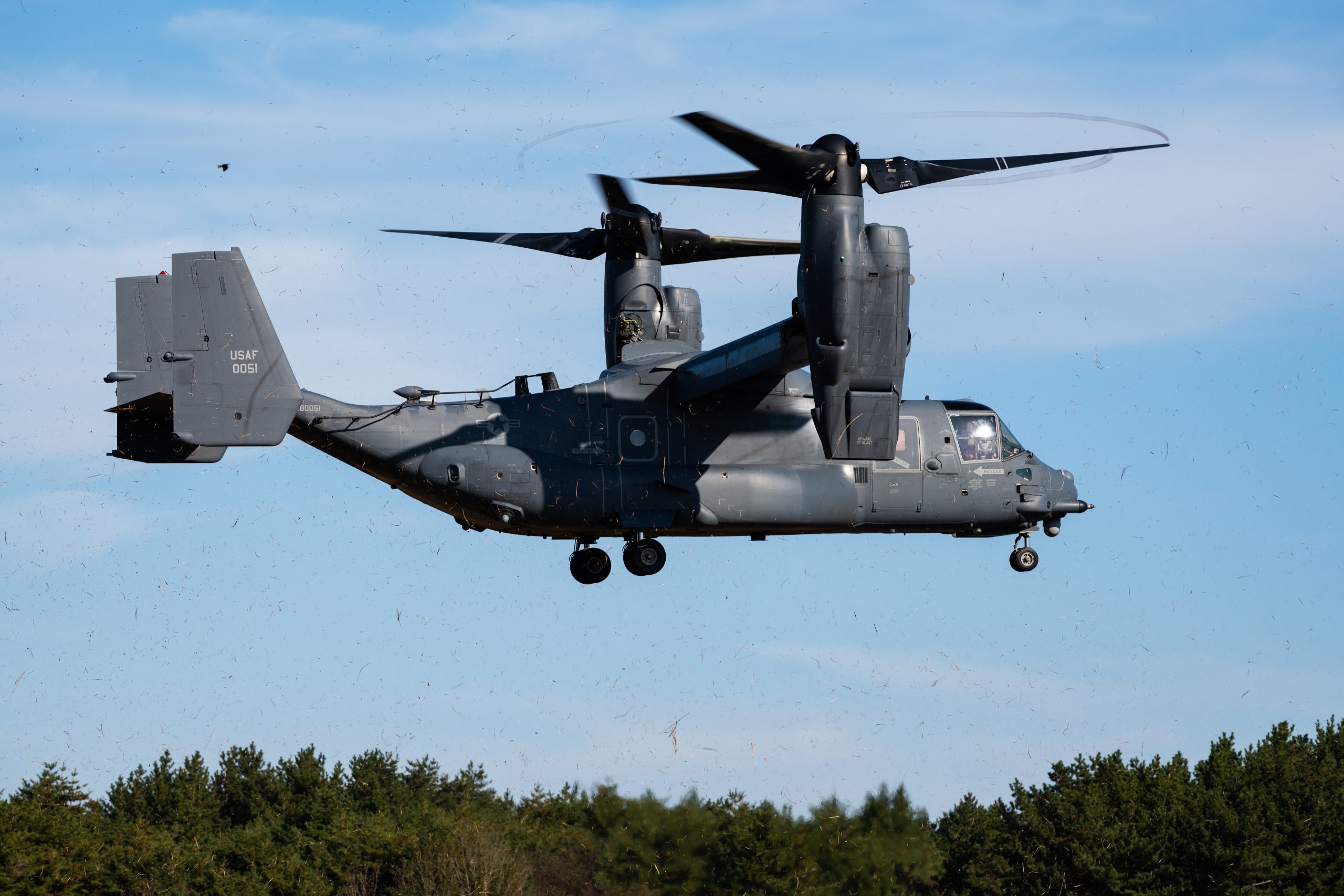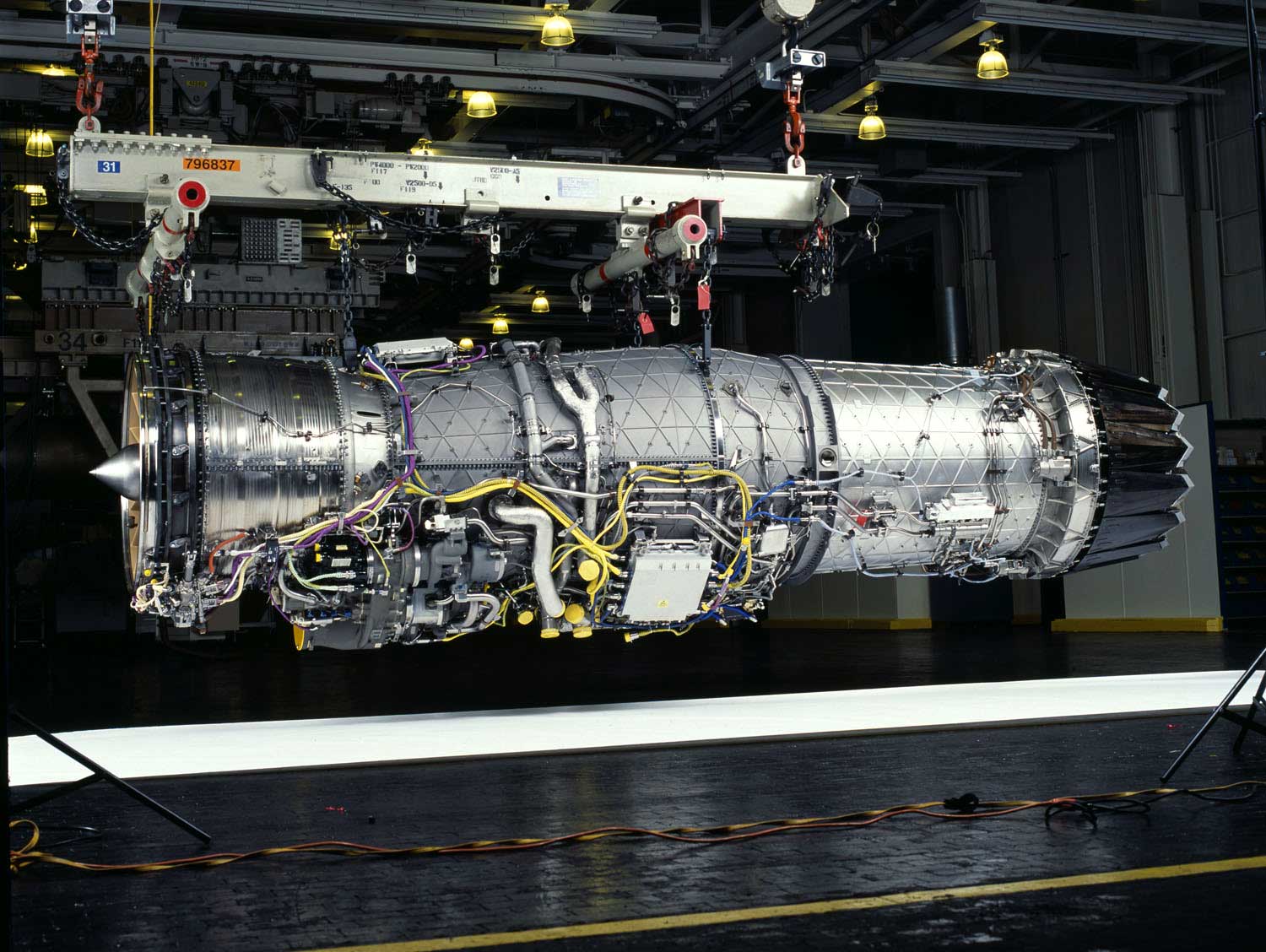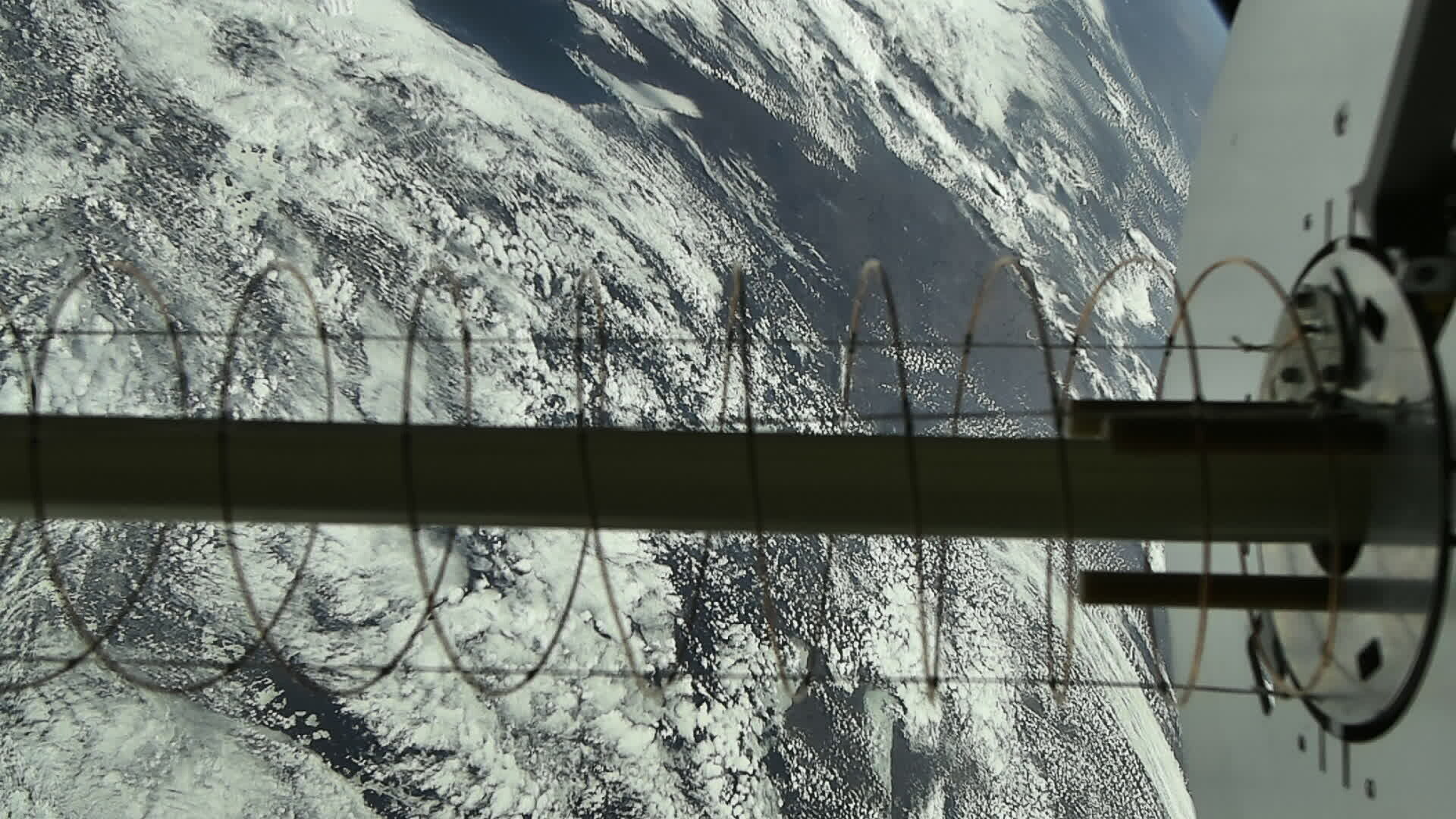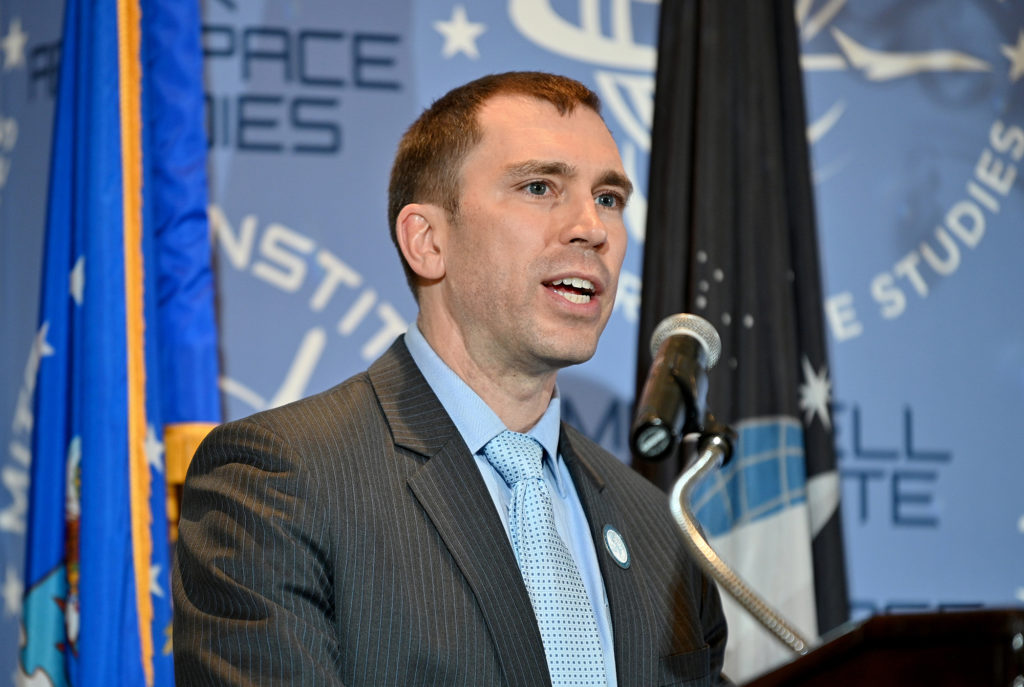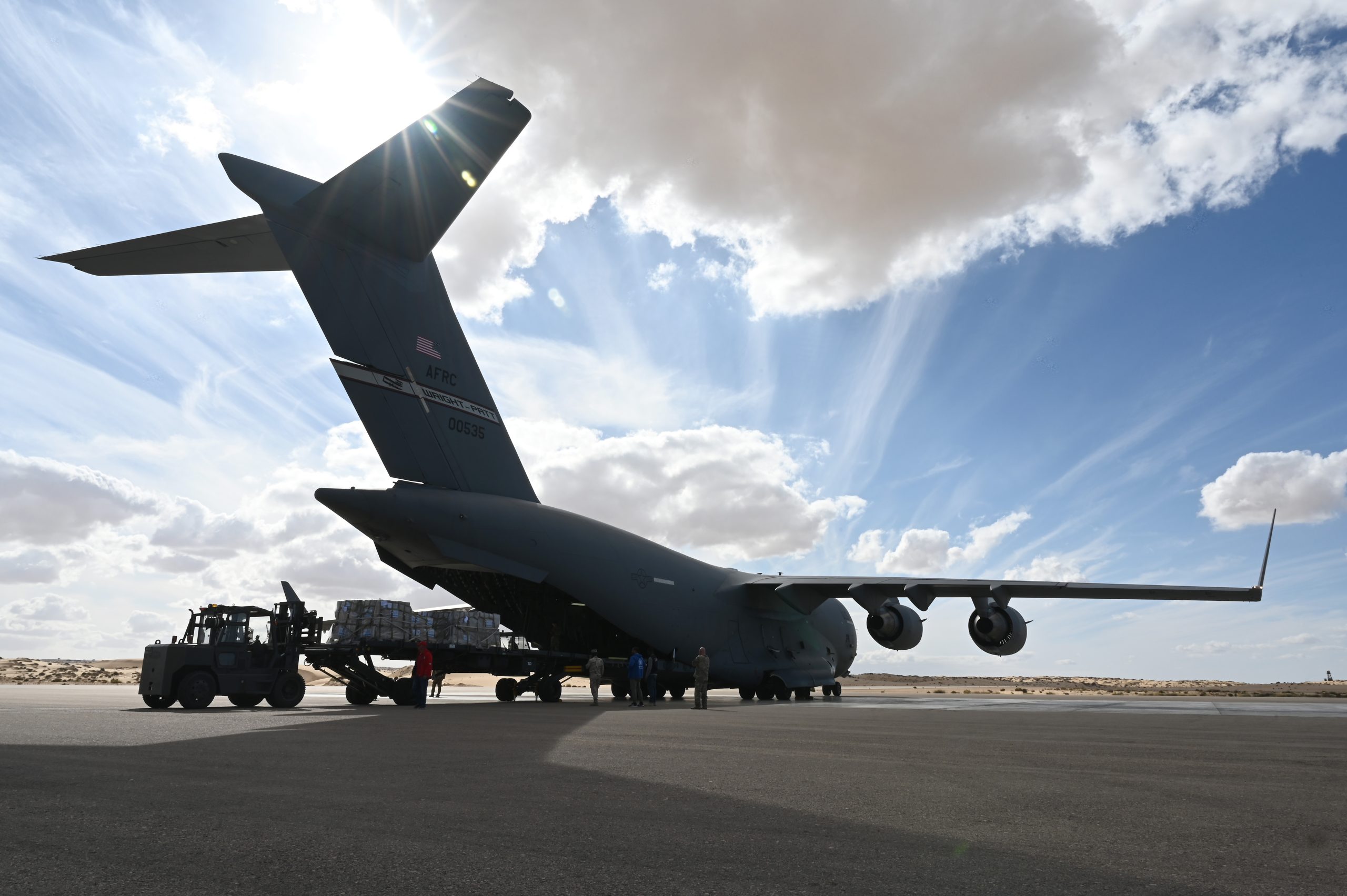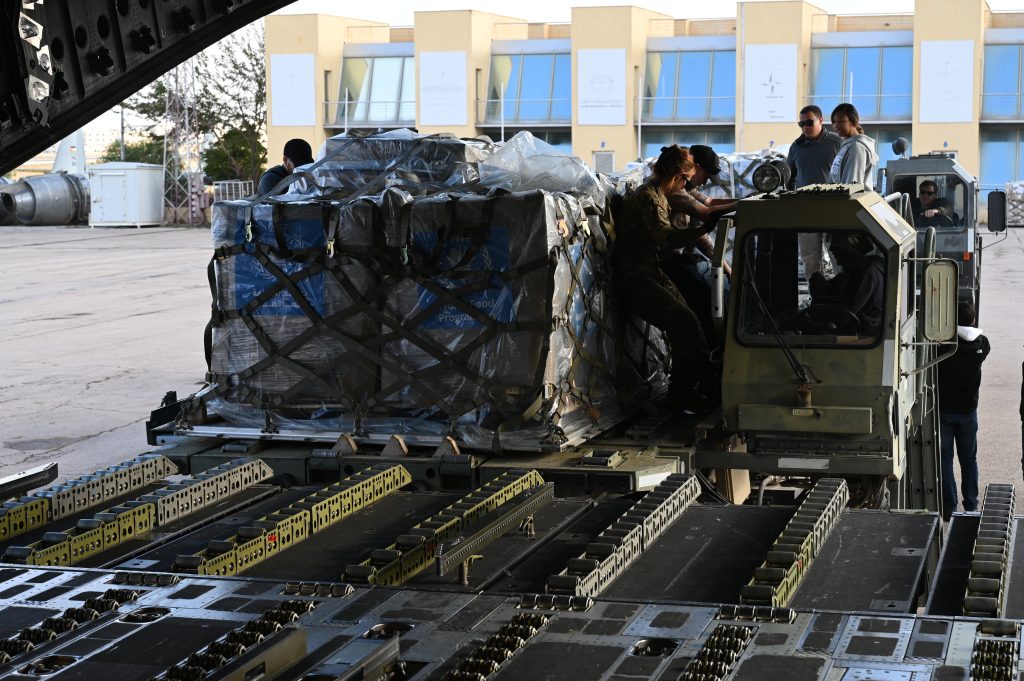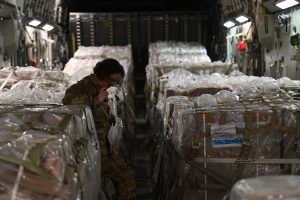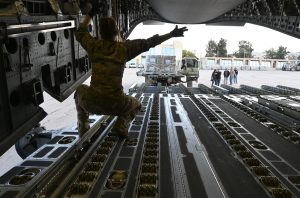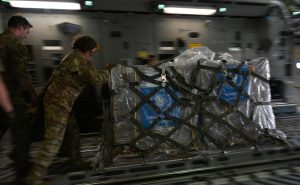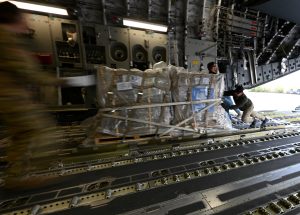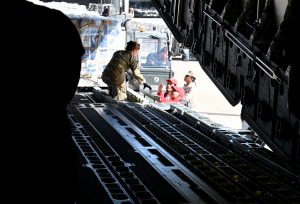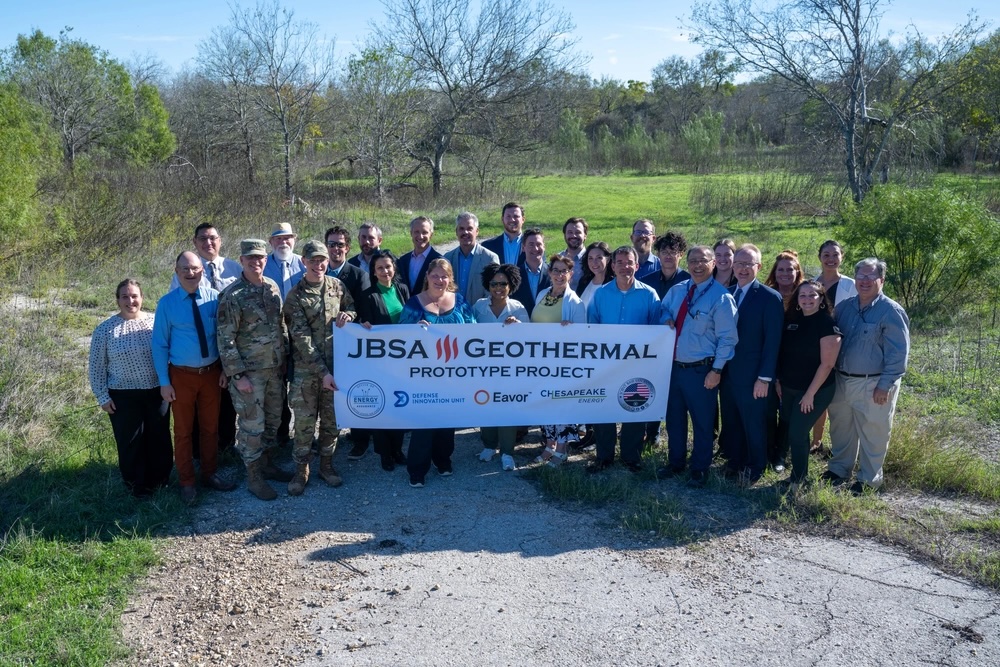The B-21 bomber will be needed for so many missions in a future conflict—from pathfinding through enemy air defenses to airfield attack to minelaying to direct conventional attack and nuclear deterrence—that demand could easily outstrip available aircraft if no more than the 100 planned are bought, top defense analysts said Nov. 29.
None, however, offered a guess as to how many B-21s are actually needed.
The Air Force initially said the B-21 program would be “80-100 bombers,” noted Rebecca Grant of IRIS independent research during a Hudson Institute event. But the service only quoted such a low figure “to get the program started” within an acceptable dollar amount, she said.
“This number has not been through the standard calculation,” Grant said. “It’s time to look at this, and say, ‘how many do we need,’ and add an attrition reserve,” she said. The Air Force used to buy extra aircraft in case of accidents and battle losses, she said, and should go back to that habit and establish a bigger number for the B-21.
Christopher Bowie, an author and airpower and national security analyst, said the B-21 will be the only bomber that can perform direct attacks on targets deep inside China and Russia and could be used to clear a path through enemy air defenses for other aircraft or to attack Chinese ships in a Taiwan scenario, among many other missions—in addition to being the principal element of the air leg of the nuclear triad. All those demands will quickly overwhelm the number available, he said.
“We should plan to build more than the 100 currently on the books,” Bowie said. “No matter how capable an aircraft, it can only be in one place at one time.” The B-21 will be asked to do so much in a conventional war that if there is a threat the conflict will go nuclear, “this would generate significant dilemmas for our nation’s leaders,” Bowie said. “Do you pull aircraft out of theater to bolster our nuclear deterrent posture? Or do you to degrade the triad in order to increase operational tempo in conventional operations?”
Grant noted that the B-21 will also likely be pressed into new missions, such as striking ground-based anti-satellite systems or satellite-launching areas far behind enemy lines.
Jennifer Bradley, a senior deterrence analyst in the plans and policy directorate of U.S. Strategic Command—who said she was speaking for herself only and not STRATCOM—said “right-sizing the B-21 force [is] critically important, not only for enhancing the strategic deterrence capabilities of the United States, but also for assuring U.S. allies of Washington’s commitment to extended deterrence.”
The fact that the U.S. now faces two nuclear peers, coupled with “an unpredictable North Korea, make this a difficult challenge and increases the demands on the US strategic deterrent,” she said. “[The U.S.] has to be capable of conducting attacks in one theater while simultaneously responding to attacks in a different theater.”
Given the B-21’s flexibility, it risks becoming a “low-density/high-demand asset, but only if the United States fails to invest in sufficient numbers,” Bradley said.
The U.S. has pledged to defend Australia, Japan, and South Korea with its nuclear deterrent and they in turn have not pursued their own nuclear weapons. If there are not enough strategic weapons to deter two or three nuclear powers, though, Bradley said those allies may pursue their own nuclear weapons, and this would sharply complicate the world security situation.
A sufficient number of B-21s will “help ensure the health of the US alliance relationships for the next several decades.”
All the analysts said that the existing bomber fleet is too small and too old, and the B-21 will likely be taking on a significant share of the missions they already perform.
Mackenzie Eaglen, senior fellow at the American Enterprise Institute, said the B-21 is programmatically doing well, as evidenced by its seven years from contract award to first flight, which she deemed “record time” by Pentagon standards.
The program has benefitted from limited oversight, streamlined management through the Rapid Capabilities Office, and agreement between Congress and the Pentagon that there was no time to waste after a previous bomber program was canceled, compelling the Pentagon to make due to with an inadequate force of penetrating bombers, she said.
Kari Bingen, director of the Aerospace Security Project at the Center for Strategic and International Studies, noted that the B-21 “was designed from the outset for easy maintenance, higher operational tempo or turnaround” and it should be easier to deploy for Bomber Task Force missions, which have been shown to have a dampening effect on belligerent rhetoric in certain regions.
“It’s not a panacea” for all the U.S.’s capacity issues, but “it is an incredibly flexible platform to create dilemmas for adversaries,” she said.
“We need more strategic options and conventional options,” she said. Other than ICBMs, and slow-moving cruise missiles, the B-21 alone will offer the U.S. options to attack any place on earth, she said, and go after hardened and deeply-buried targets against which cruise missiles are not effective. The B-21 is likely to be able to carry the Massive Ordnance Penetrator, a bomb too large to be carried by anything other than a bomber, the panelists said
“I think we owe it to a president to give him more options, including those below the nuclear threshold,” Bingen said, and the B-21 offers both nuclear and conventional options not previously available. The B-21 will offer “more steps on the escalation ladder” for future U.S. leaders.
“China is already questioning whether America has the will to fund the B-21 at scale. And I think we need to prove them wrong there, in terms of numbers, and the funding, and the timelines to do that,” she said.
Grant said the necessary next step is to set a higher number so the program can “activate the subcontractors and other means to set up that production.”
The number required “needs a very serious analysis done … I’d say, within the next year, tops.” She also argued that close U.S. allies like Australia and Britain should be permitted to acquire the aircraft, to further complicate the calculations by alliance adversaries.
